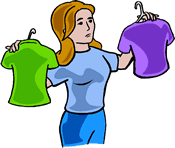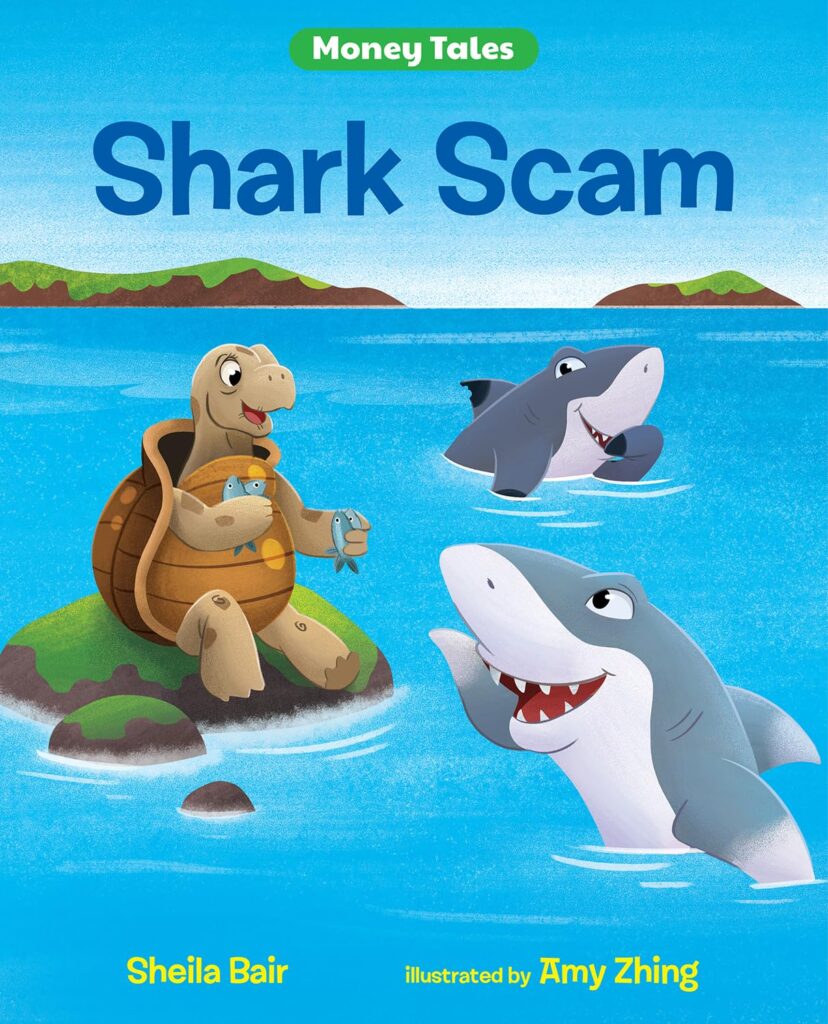
Grades 9-12

Don't have an account yet? Sign up for free
Don't have an account yet? Sign up for free

 All resources are limited. It is this simple fact–scarcity–that forces us to make decisions. When we do make a choice, we pass up some other opportunity. Opportunity cost is defined as the next best alternative not chosen, or the alternative given up, when we make a decision. There are opportunity costs in making decisions about which movie you’d like to see at a certain time, how to spend your allowance, or deciding how to dress for Halloween.
All resources are limited. It is this simple fact–scarcity–that forces us to make decisions. When we do make a choice, we pass up some other opportunity. Opportunity cost is defined as the next best alternative not chosen, or the alternative given up, when we make a decision. There are opportunity costs in making decisions about which movie you’d like to see at a certain time, how to spend your allowance, or deciding how to dress for Halloween.
There are also opportunity costs in deciding how to use productive resources. Productive resources are anything used to make other goods and services. They include land, labor, capital, and entrepreneurship. When people choose to use a certain resource (lumber) to produce something–like a wooden boat, the opportunity cost is the next best thing they could have produced with that lumber–some school desks, perhaps.
Let’s take a look at a production process used to make something you use everyday and think of things that could have been made with the same productive resources. We will identify opportunity costs in production.
In this lesson you will explain opportunity cost, determine the opportunity cost of using resources in production, and identify productive resources.
![]()
Crayon Production:
Go to the https://makezine.com/2014/09/09/how-crayola-crayons-are-made/ (R) web site to learn how crayons are made.
1. What two basic ingredients (productive resources) are used to make Crayola(R) crayons?
2. How are these two resources combined to become the crayons you find on the shelves at your local store?
Some Alternatives:
What other products can be made with paraffin wax? Make a list.
If you’ve ever examined crayons and candles closely, you’ve probably guessed they’re made from similar ingredients. Let’s figure out about how many crayons you’d need to give up in order to have a candle about three inches high and two inches in diameter. Grab a bunch of crayons (no broken ones, please) and hold them in your fist. Have a friend hold a ruler across the top of the bunch of crayons and add or remove crayons until the diameter of the bunch is about two inches. Now, count the number of crayons you have in your hand.
Make a list of other productive resources like wood, steel, workers, and cotton. Next, make a list of goods that can be produced from those resources. Do you have anything on your list of productive resources that can be used to produce more than one good? If so, identify the opportunity costs of producing those goods.
Go get a square piece of paper (a productive resource in this example.) Next, visit “Folds.net.”
Select your two favorite designs from the list. Since you have only one piece of paper, you will be able to produce only one of your two favorite designs. Which one will you produce? Which one is your opportunity cost of production?

Grades 9-12

Grades 9-12

Grades 9-12

Content Partner
Grades 3-5
